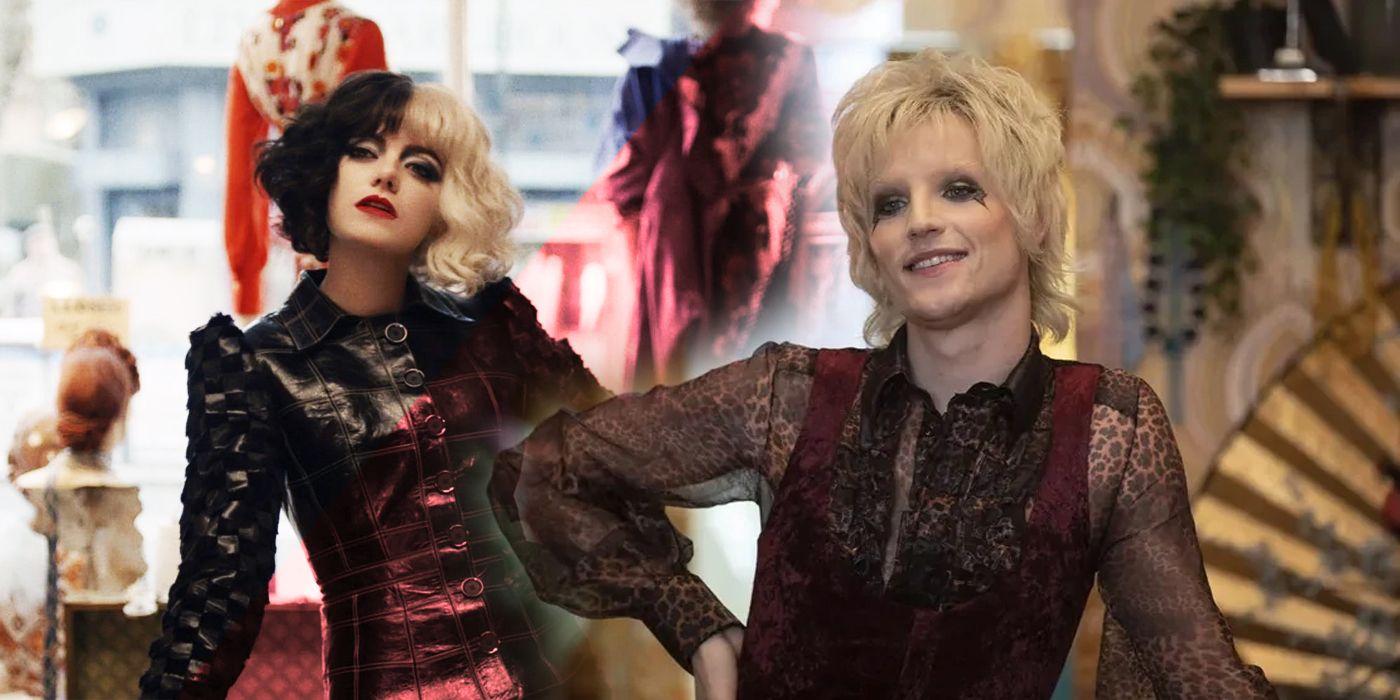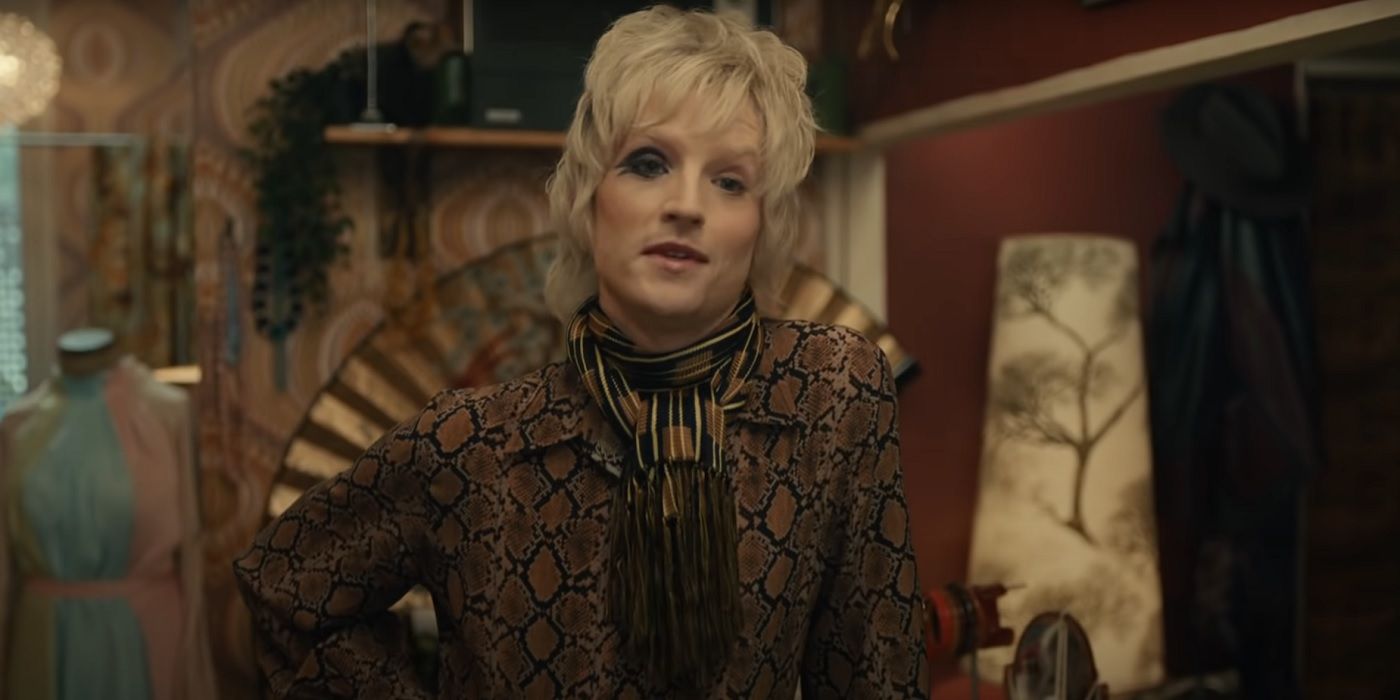Although it has proven itself to be a solid origin story for the beloved titular villain, Cruella is yet another Disney film that repeats the studio's queerbaiting problem. Before the film was released to the general public, praise for the film circulated on media outlets, applauding the film's alleged groundbreaking inclusion of Disney's first LGBTQ+ character in a prominent role. The reality, however, couldn't be further from the truth.
Queerbaiting is a marketing technique that draws in audiences via a promise of the inclusion of LGBTQ+ romance and/or characters, but the final product ultimately lacks credible and sincere follow-through. Too often, when a major film promises to feature queer storylines, they almost always end up using minor characters with no real effect on the plot, or the sexual and/or gender identities are never fully addressed or developed. In some cases, the marketing is a complete misdirection, implying LGBTQ+ themes that aren't ever realized. In the end, queerbaiting benefits only the studios, who effectively profit by misleading LGBTQ+ audiences, aka the "pink dollar."
Unfortunately, Disney is well versed in queerbaiting. Indeed, the studio has repeatedly promised its first major LGBTQ+ character throughout several films in the last decade. Take, for example, The Rise of Skywalker, which had promotional material that teased the studio's first gay onscreen kiss, only for it to be a brief moment between two minor characters. Similarly, the Beauty and the Beast live-action adaptation promised LeFou would be Disney's first openly gay character; however, his sexuality was merely gestured at in a two-second shot in the film's final moments. In Cruella, there's Artie, whose queerness was much hyped prior to release, but is neither addressed nor developed in the actual movie.
The issue with Artie's portrayal is that rather than being openly gay, as promised, his character is queer-coded and expressed through his sense of 1970s glam rock fashion. As a result, there's a degree of ambiguity to his queerness. On the one hand, the Cruella character is clearly intended to be read as queer: in addition to being played by openly gay actor John McCrea, Artie's wardrobe visibly blurs the line between masculine and feminine. His look even nods to David Bowie's iconic glam rock aesthetics — in one scene, he even has a lightning bolt painted over one eye. On the other hand, one could also read Artie as being fashionable, like many other (straight) characters in the movie. His style could be paying homage to the contemporaneous trends and trendsetters of 1970s London.
The introductory scene between Artie and Cruella further exacerbates the ambiguity. Admiring his outfit, Cruella essentially asks him how his style is received by the general public. He responds: "Some insults and abuse. But I like to say that 'normal' is the cruelest insult of them all." While there's an allusion to the possible experience of homophobia, again, the main focus is on the mutual admiration of each other's style. In fact, Artie's dialogue throughout this scene repeatedly hints at the subject of being queer, but is ultimately directed foremost to the clothing in his shop. "[It's] everything a girl — or boy — could ever want," he says of the vintage couture in his collection, which could be read as an indication of queer desire. Since they're talking about clothes, however, it's difficult to pin it down.
This area of ambiguity, of course, is the pinnacle of Disney's representation problem. The studio, it seems, wants to have it both ways, in terms of appealing to LGBTQ+ audiences while refraining from being censored by global markets where queerness is, at best, frowned upon and, at worst, criminalized. What Disney needs to understand is that its approach to such characters is, in the 21st Century, an outdated model of storytelling. Queer audiences deserve to see themselves depicted, fully and diversely, onscreen. Just like how the Rise of Skywalker lesbian kiss wasn't enough, Artie's fashionable queer coding in Cruella is a failed promise to meaningfully include an openly gay major character. It's only a matter of time before Disney's half-hearted attempts at inclusion make queer audiences turn away instead of tune in.


